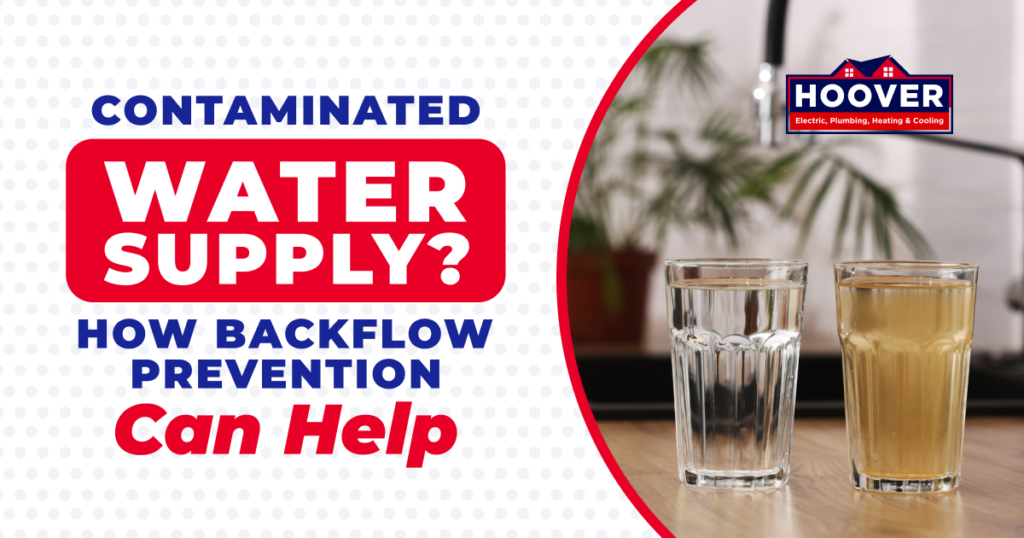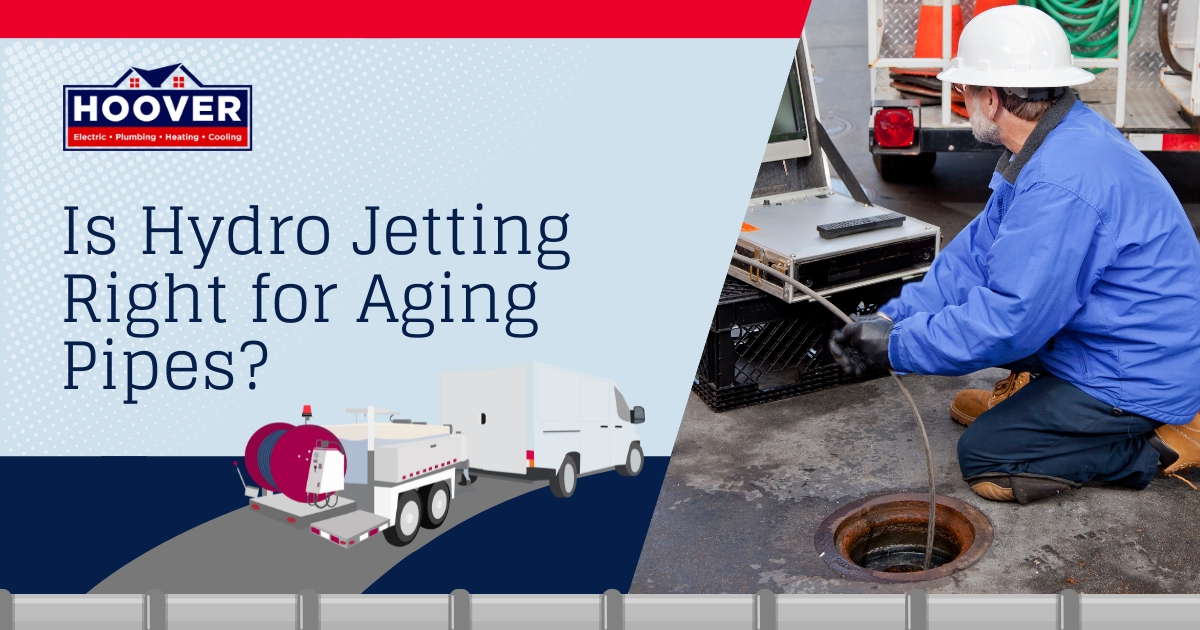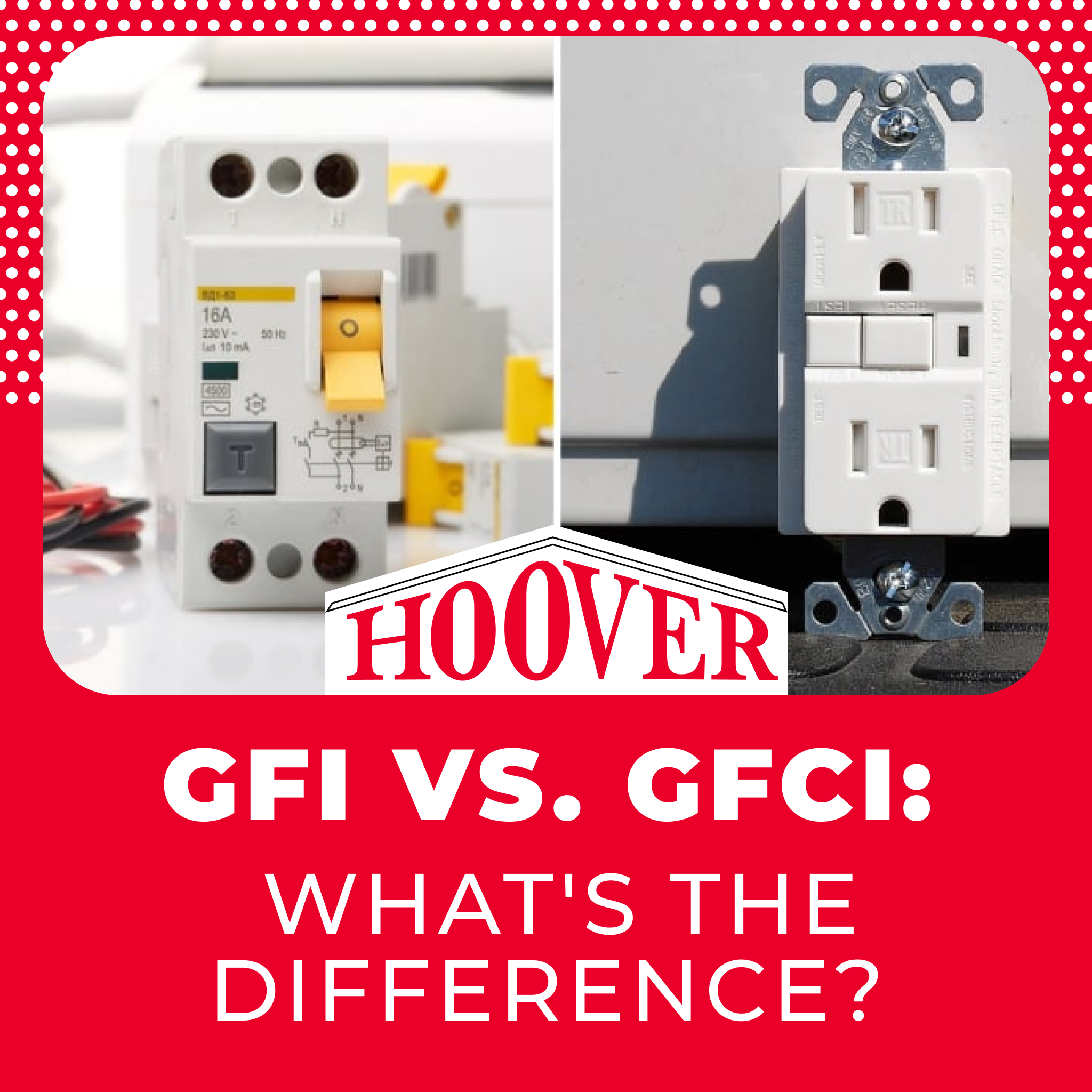
Clean water is important for your household’s health and safety. Without adequate backflow prevention, however, a contaminated water supply can introduce harmful bacteria, chemicals, and other pollutants into your home’s drinking water. Explore how backflow prevention devices protect your home and how the Hoover team can help.
What is Water Contamination and How Does It Happen?
Water contamination refers to harmful substances entering a clean water supply. This can happen through different plumbing faults, including backflow.
Understanding water contamination
A contaminated water supply contains pollutants that compromise the health of your household and plumbing system. When contaminants enter household plumbing, they can spread throughout the entire system and affect everything from drinking water to the hot water in your shower. Common contaminants found in homes include:
- Bacteria and viruses
- Chemicals and toxins
- Sewage and organic waste
- Lead and corrosion
How backflow contributes to water contamination
Backflow refers to a reverse flow of water, where it travels in the opposite direction from its intended path. There are two main types of backflow:
- Back-siphonage: Occurs when water pressure drops, such as from leaks or burst pipes, and the system’s pressure sucks water back in.
- Back-pressure: Downstream pressure exceeds supply pressure, pushing water back into the clean supply.
Common Causes of Backflow in Residential Plumbing
Certain household plumbing scenarios can create backflow conditions, often improper installation or damaged equipment.

Cross-connections in household plumbing
A plumbing cross-connection is any point where a clean water line meets a potential contamination source. These connections can contribute to pressure irregularities and allow stagnant or contaminated water to flow back into the clean supply. Common household cross-contamination risk examples include:
- Garden hoses left submerged in a bucket or pool.
- Law irrigation systems exposed to pesticides and fertilizers.
- Boilers and water heaters.
- Dishwashers and washing machines.
- Fire sprinkler systems.
Municipal water supply issues
Municipal water supply problems may also create backflow risks. Water main breaks, for example, may create a sudden loss of pressure and cause nearby household plumbing to pull contaminated water back into supply lines.
System maintenance and other city water usage and fluctuations may also lower pressure and cause back-siphonage. Flooding, heavy rainfall, and other conditions may allow sewage system overflows to enter potable water lines. Without adequate backflow prevention methods, contaminants from various sources can enter the system and create community-wide contamination and health risks.
How Backflow Prevention Devices Work
Backflow prevention devices act as barriers against contaminated water and keep it from entering the clean water supply. These devices are installed in plumbing systems for cross-connection control and main entry point protection, and some fixtures come with built-in backflow prevention. You can typically find backflow prevention in cross-connection or entry point areas, appliances, or fixtures:
- Main water line point of entry
- Irrigation and sprinkler systems
- Dishwashers and washing machines
- Boilers and water heaters
- Fire sprinkler systems
- Toilets
- Faucets and hose bibbs
Types of backflow prevention devices
There are several types of backflow prevention devices, each suited to specific applications. These include:
- Air gap: A physical space between a water outlet and contamination source, such as dishwashers and sink faucets.
- Check valves: One-way backflow preventer valves that only allow water to flow in one direction, providing basic protection for water heaters, sump pumps, and various appliances.
- Pressure vacuum breaker: Spring-loaded valve that closes when pressure drops to prevent back-siphonage.
- Reduced pressure zone assembly: This device uses two check valves and a pressure relief valve to maintain a minimum pressure differential and prevent back-siphonage.
- Double check valve assembly: Common in residential and commercial systems, this device uses two check valves to prevent reverse water flow with redundant protection.
How to Prevent Backflow and Protect Your Water Supply
Preventing backflow requires a combination of proper installation, routine maintenance, and understanding of water contamination risks. With proactive measures, homeowners can maintain a safe water supply and remain compliant with local plumbing codes.
Regular inspection and maintenance of backflow preventers
Over time, wear can reduce the effectiveness of backflow preventers and increase the risk of contamination. Routine inspections, ideally once per year, ensure that your home’s backflow prevention devices are operating correctly. Homeowners may also inspect their backflow devices periodically for signs of damage, such as:
- Low or fluctuating water pressure.
- Discolored or foul-smelling water.
- Leaks or visible corrosion.
- Water backups or reversed flows.
Proper installation and plumbing practices
Proper backflow preventer installation requires a licensed plumber with understanding of local plumbing codes. These professionals can ensure correct positioning, pipe location, and device type depending on the application and check your system for other plumbing cross-connection hazards that may also benefit from a backflow preventer.
Water Safety: What to Do in Case of Contamination
Murky, discolored, or foul-smelling or tasting water are often the first signs of contamination. Sudden illness or stomach problems suddenly after drinking water may also signal exposure.
If you suspect a backflow contamination, follow these drinking water safety measures and further steps:
- Stop using water immediately to prevent exposure to contaminants.
- Shut off the main water supply if possible.
- Check your backflow prevention device for visible damage or failure.
- Contact your local water provider to report potential contamination.
- Call a local plumber for professional inspection, water testing, and backflow repair.
Protecting Your Home with Backflow Prevention with Hoover
At Hoover, our team of licensed plumbers helps homeowners protect their water supply with expert backflow prevention methods. With expert installation and preventative maintenance, Hoover safeguards your home against water contamination risks. Contact us or schedule a service online today for a free estimate.
Frequently Asked Questions
Do you need a backflow preventer in your home?
Most municipalities and plumbing codes require backflow prevention devices in certain areas, such as cross-connections or public water supply entry points. That typically includes irrigation systems and swimming pools.
Is backflow prevention required by law?
The Environmental Protection Agency (EPA) and Michigan state plumbing codes require certain properties to have backflow prevention devices. Homeowners should check local regulations on how to prevent water backflow and whether their home requires annual testing. Non-compliance may result in fines.
Do you offer financing?
Hoover offers several flexible financing options to help homeowners get the installation, maintenance, and repair services they need.


